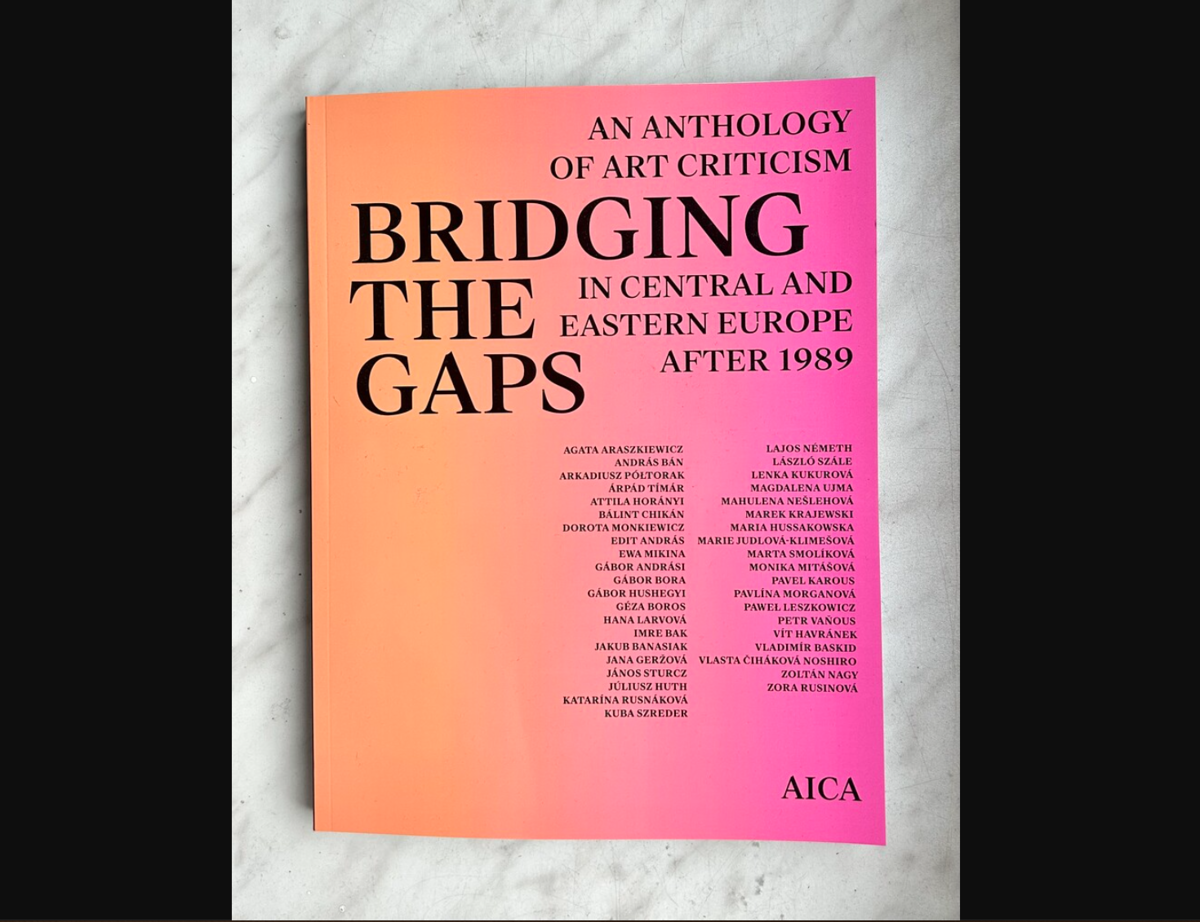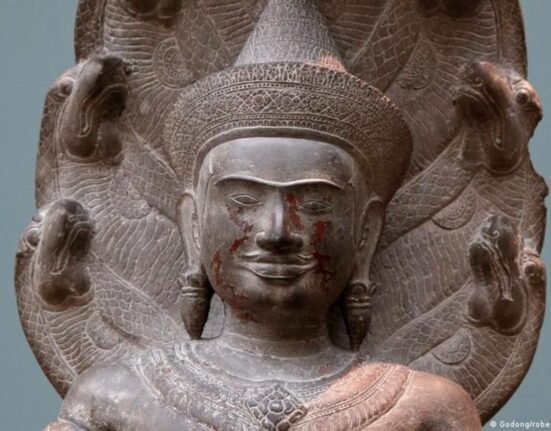Bridging the Gaps. An Anthology of Art Criticism in Central and Eastern Europe
The book is a result of a collaboration between AICA Poland, AICA Slovakia, AICA Czech Republic and AICA Hungary. It is a collection of dispersed visual art critique written after 1989, translated into English and this way made available for research for international scholars and art critics. In the contemporary art history of Central and Eastern Europe (after 1989), systematic research on art criticism is very rare and so are the books collecting dispersed texts written by art critics, and almost always they are published in their original language. If there are such books published, these are collections of texts by one author and mostly come from earlier periods – 1970s and 80s. The Anthology attempts to “bridge the gap” between the CEE region and the rest of the world, as well as between the countries within the region.
The main introduction to the book is a transcription from a roundtable discussion on the specificity of art criticism in the CEE region. The book is divided into nine chapters: Art during the transition period / Gender and body / Feminism / Otherness and politics of identities / Institutional Critique / Political (Engaged) Art and Censorship / Art in public spaces / Critique of critique / Critique on art from before 1989.
The Anthology helps to answer vital questions, such as: What role does 1989 play in the critical discourse in CEE? What kind of exchange took place among critical writing and discourse across CEE? What does critical writing on art and culture have in common across CEE, and what are the (local, national) differences? How has critical writing after-1989 envisioned the position and place of CEE in the world? Have the dichotomies of the second half of the twentieth century (such as East vs West) continued shaping the conversations? Asking these questions is vital for the intellectual development of our region, its self-awareness, and the decolonization from the (so-called) Western culture.
While individual texts have their concrete foci (exhibition, event, cultural trend, etc.), collectively the selected texts articulate the critical post-1989 era in CEE through a unique perspective: namely, the structure of collective feeling. By focusing not on the commonplace history-writing as a progression of cultural and political events but on capturing human emotions in, with, and through art–the anthology will offer an alternative, unparalleled understanding of the development of young and still fragile democracies. Through capturing the affective infrastructure of this era, the book will show relations and connections among the scenes across CEE, as well as the pronunciations of the shared commitment to the hopeful futures.
Bridging the Gaps. An Anthology of Art Criticism in Central and Eastern Europe After 1989
Editors: Jana Geržová (Slovakia) Júliusz Huth (Hungary) Małgorzata Kaźmierzak (Poland) Kata Balázs-Miklós (Hungary) Vlasta Čiháková Noshiro (Czech Republic) Arkadiusz Półtorak (Poland) Magdalena Ujma (Poland). / Academic editor: Małgorzata Kaźmierczak / Editorial assistant: Mirosława Bałazy / Transcription and pre-editing of the introduction: Mirosława Bałazy / Translation: Kata Balázs-Miklós, John Minahane, Vlasta Noshirova, Arkadiusz Półtorak, Dániel Sipos, Monika Ujma / Proofreading and linguistic editing: Joanna Pottle / Graphic design and typesetting: Michał Bratko
The project is co-financed by AICA International and the Governments of Czechia, Hungary, Poland and Slovakia through Visegrád Grants from International Visegrád Fund. The mission of the fund is to advance ideas for sustainable regional cooperation in Central Europe.







